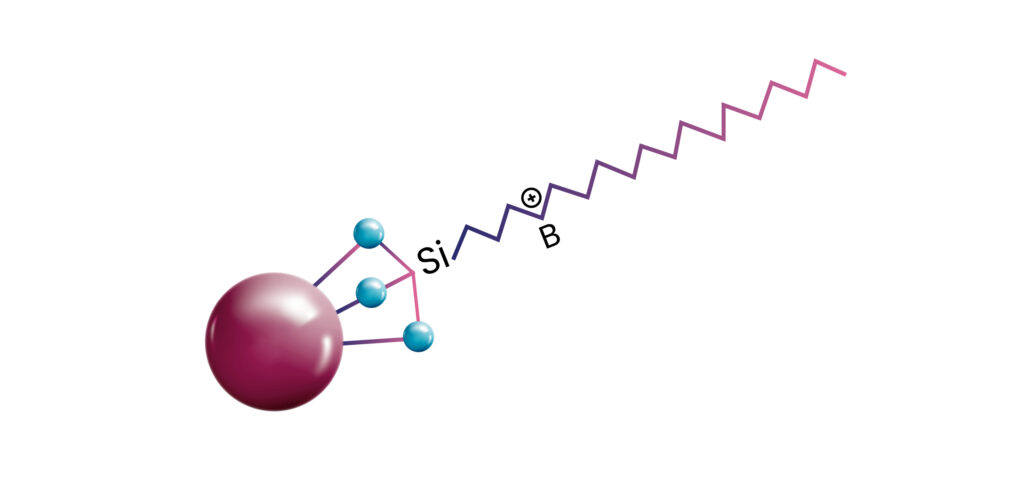Basic Ion-bearing Group
The HST B-type columns are designed for the effective separation of various compounds using a combination of reverse-phase and anion-exchange interactions. Below is an overview of each column in this series:

Zodiac HST B:
A strong basic column with a pH range of 1 to 4.5, ideal for separating weak bases, amino acids, and metals. It works with mobile phases containing acids like trifluoroacetic, phosphoric, perchloric, or formic acid, ensuring strong retention of ionizable compounds under acidic conditions.
Zodiac HST B2:
A weak basic column featuring acidic carboxylic functional groups. With a broader pH range of 1 to 6.5, the carboxylic groups remain non-ionized below pH 5, making the column surface positively charged. It is well-suited for separations using ammonium acetate or ammonium formate buffered mobile phases.
Zodiac HST SB:
It has positive amine group with a alkyl chain, with working pH range from 1.0 to 4.5.
Key Features of HST B-Type Columns:
Dual Interactions:
Combining reverse-phase and anion-exchange mechanisms, these columns offer enhanced selectivity. Neutral analytes are retained via reverse-phase, while acidic analytes are retained through both anion-exchange and reverse-phase interactions.
Ion-Exclusion Phenomenon:
For basic compounds, the columns retain analytes exclusively through Ion Exclusion and reverse-phase mechanisms.
Retention Control:
Retention can be controlled by adjusting the concentration of organic modifiers (0-100%) in the mobile phase. The type and concentration of acids used also significantly affect the retention of anionic compounds.
Get Your Quote or Call: 040-29881474
We focus on supporting laboratory workflows & optimizing lab-wide operations
